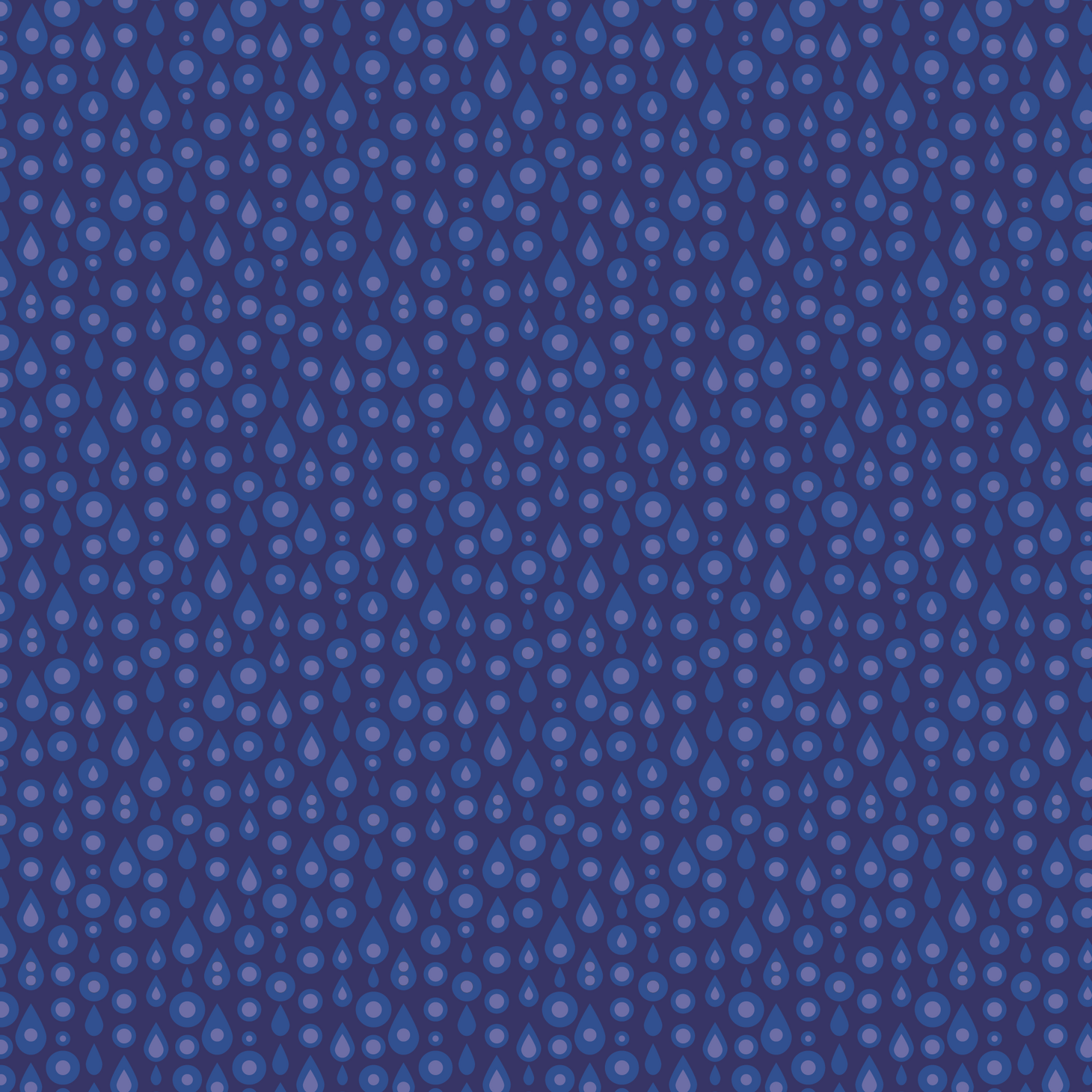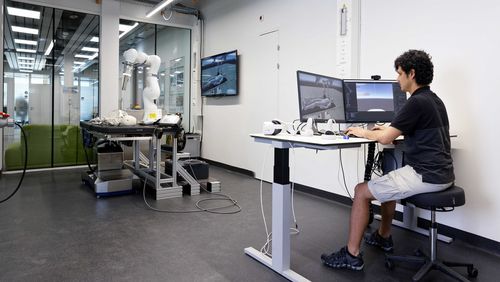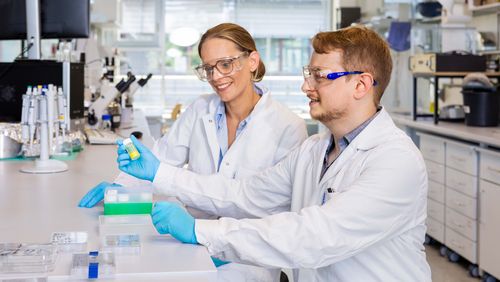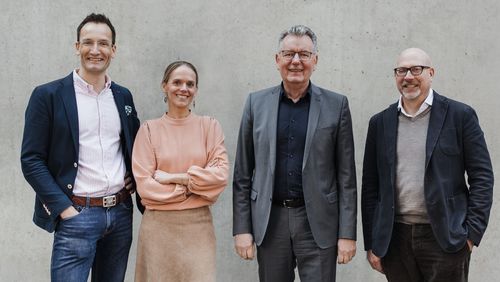
Cartilage regeneration
A scaffold made of bioink to help damaged cartilage regrow: this is the aim of the TriggerINK project at DWI – Leibniz Institute for Interactive Materials in Aachen. The innovation takes advantage of pioneering 4D printing technology.
An interdisciplinary research team at DWI – Leibniz Institute for Interactive Materials in Aachen are working on a visionary method to promote cartilage regeneration: a scaffold made of bioink to stimulate growth in damaged tissue. The technique of 4D printing is what lends the ink its exceptional capabilities.
4D printing technology builds on existing 3D printing in which a material is printed out, layer by layer, to form a three-dimensional structure. The fourth dimension in 4D printing is time, meaning the 3D structure is designed in such a way that an external trigger – heat, vibration or sound, for example – can move or alter the structure’s form even after it’s been printed.
Researchers in an interdisciplinary team at DWI – Leibniz Institute for Interactive Materials in Aachen are now planning to use this futuristic technology in a new approach to replacing damaged tissue. For their novel method, the project team – who receive funding from the Werner Siemens Foundation – want to print a bioink directly into a wound, while growth factors and other agents in the ink are released using ultrasound from outside the body. To test their revolutionary technology, the researchers have selected cartilage in the knee joint.
Cartilage loss (osteoarthritis) or a damaged meniscus in the knee are the two most commonly experienced joint problems. Worn or injured cartilage tissue can’t regrow on its own, and although modern medicine has developed interventions to promote tissue regeneration, these procedures frequently cause massive damage to healthy tissue. In addition, there’s no guarantee of success. If the novel approach works, it promises to revolutionise cartilage replacement therapy. The technology could also be further advanced to help repair other kinds of damaged tissue, for instance, the cornea, tendons, intervertebral discs, muscles or nerves.
Facts and figures
Project leaders
Prof. Dr-Ing Laura De Laporte, member of the scientific board at DWI – Leibniz Institute for Interactive Materials and professor of advanced materials and biomedicine at RWTH Aachen University
Prof. Stefan Hecht, Ph.D., scientific director of DWI – Leibniz Institute for Interactive Materials and professor of macromolecular chemistry at RWTH Aachen University
Prof. Dr Andreas Hermann, deputy scientific director of DWI – Leibniz Institute for Interactive Materials and professor of macromolecular materials and systems at RWTH Aachen University
Prof. Dr-Ing. Matthias Wessling, member of the scientific board at DWI – Leibniz Institute for Interactive Materials and professor of chemical process engineering at RWTH Aachen University
Project partners and advisers
Prof. Rebekka Schneider-Kramann MD, Dr. rer. nat., professor at the Institute of Biomedical Engineering at RWTH Aachen University and the Universitätsklinikum Aachen
Prof. Fabian Kiessling MD, professor of experimental molecular imaging at RWTH Aachen University and the Universitätsklinikum Aachen
Prof. Dr Frank Luyten, professor of rheumatology, department of musculoskeletal sciences at the Leuven university hospital
Prof. Dr Peter Verdonk, professor and orthopaedic surgeon in knee reconstruction at the University of Antwerp
Project
An interdisciplinary team at DWI – Leibniz Institute for Interactive Materials are working to develop a bioink with properties capable of promoting the regeneration of damaged tissue. To test their technology, the researchers are working with cartilage in the knee joint.
Support
The Werner Siemens Foundation has awarded the team a five-year grant.
Funding from the Werner Siemens Foundation
10 million euros over 5 years
Project duration
2022 to 2026



